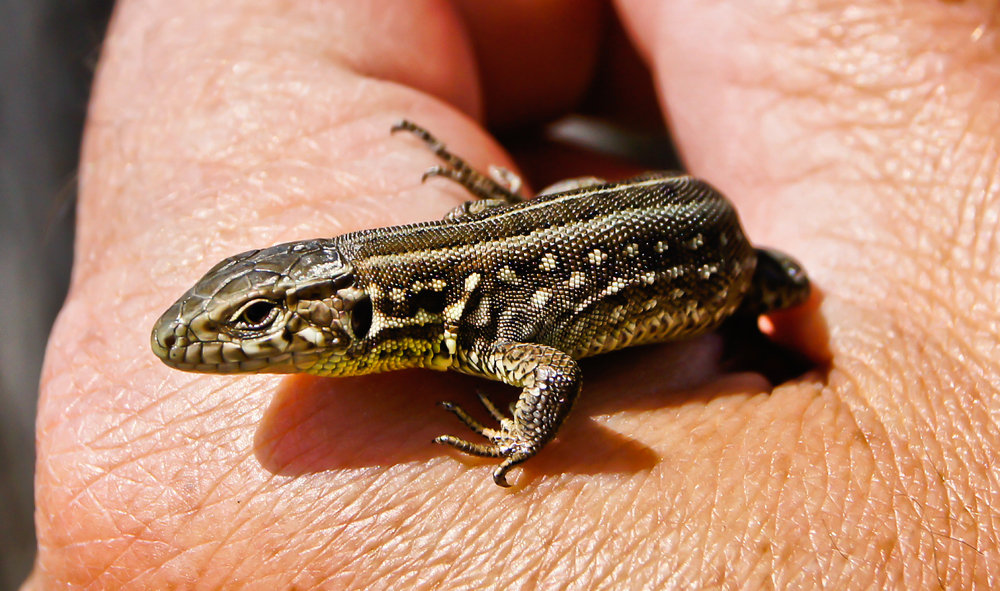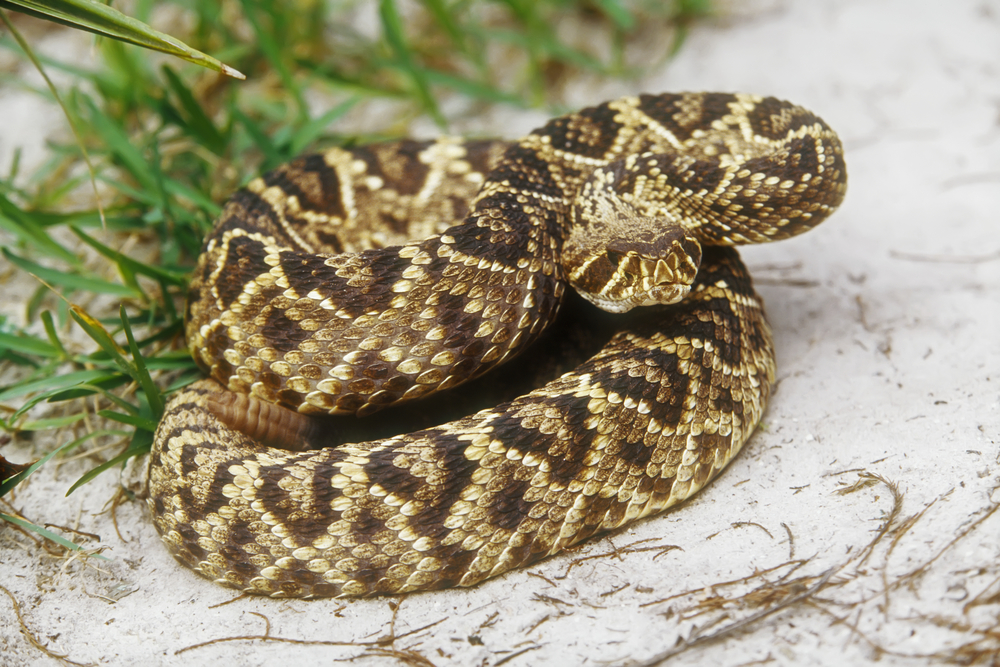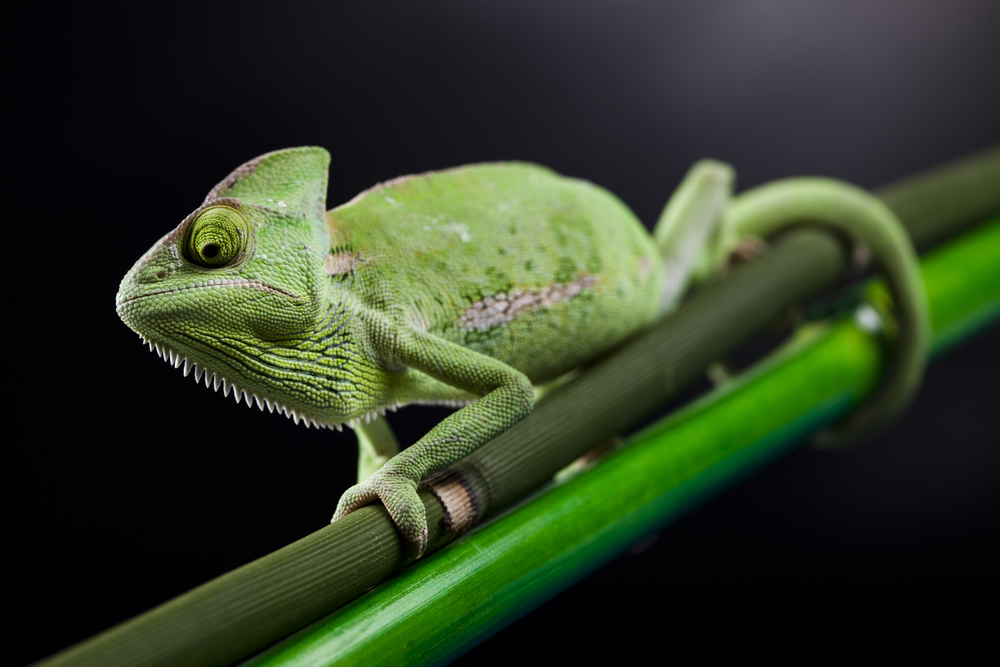Not all species of reptiles can be tamed, and of course some naturally skittish or shy herps will never take to handling or training despite what is normal for other members of their species. When selecting a reptile, if you want it to be tame, you should be sure you don’t pick an animal that is particularly shy or quick to bite.
Things to keep in mind: in the course of handling and training your reptile, you are very likely to be bitten or scratched. Use tongs or gloves when handling them at first until you’re more aware of the signs your herp might be telling you that it is becoming nervous or angry.
If you intend to hand-train your herp, you’ll want to start soon after you bring them home. Give them a few days to get used to their new home and get into a good routine of eating and sleeping. After that, wait until a good calm time during their schedule and try to hold your herp for an hour or two, twice a day. Make sure you don’t handle it until at least forty five minutes after it has eaten. As it gets more used to being handled, you should handle your reptile more frequently so long as you don’t prevent them from getting the sleep it needs.
Different species of reptiles are more or less able to be handled and some can even be taught to perform certain simple tricks. If you’re happy with cuddling and light petting, a snake is your best bet. Turtles and tortoises, however, are much smarter and with a little patience can be trained to perform many little tricks.













